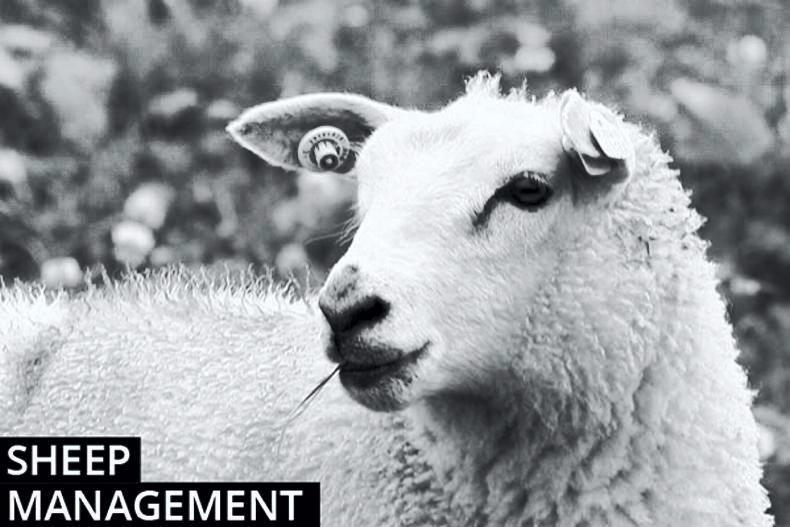
LOYALTY CODE:
The paper code cannot be redeemed when browsing in private/incognito mode. Please go to a normal browser window and enter the code there

LOYALTY CODE:
The paper code cannot be redeemed when browsing in private/incognito mode. Please go to a normal browser window and enter the code there
This content is copyright protected!
However, if you would like to share the information in this article, you may use the headline, summary and link below:
Title: Sheep management: weather and early lambing
Topics in this week's sheep management notes include feeding levels for early lambing ewes and lambs, lambing preparations for mid-season flocks and dates for the upcoming Teagasc sheep conferences.
https://www.farmersjournal.ie/sheep-management-weather-and-early-lambing-338952

ENTER YOUR LOYALTY CODE:
The reader loyalty code gives you full access to the site from when you enter it until the following Wednesday at 9pm. Find your unique code on the back page of Irish Country Living every week.

CODE ACCEPTED

You have full access to farmersjournal.ie on this browser until 9pm next Wednesday. Thank you for buying the paper and using the code.

CODE NOT VALID
Please try again or contact us.
For assistance, call 01 4199525
or email subs@farmersjournal.ie
Sign in

Incorrect details
Please try again or reset password
If would like to speak to a member of
our team, please call us on 01-4199525
Reset
password
Please enter your email address and we
will send you a link to reset your password

If would like to speak to a member of
our team, please call us on 01-4199525
Link sent to
your email
address
![]()
We have sent an email to your address.
Please click on the link in this email to reset
your password. If you can't find it in your inbox,
please check your spam folder. If you can't
find the email, please call us on 01-4199525.
![]()
Email address
not recognised
There is no subscription associated with this email
address. To read our subscriber-only content.
please subscribe or use the reader loyalty code.
If would like to speak to a member of
our team, please call us on 01-4199525
 This is a subscriber-only article
This is a subscriber-only article
Update Success !
Inclement weather and poor ground conditions continue to present challenges for early lambing flocks in getting ewes and lambs released outdoors.
Adequate feeding is critical to avoid any setback in ewe milk yield which in turn will hit lamb performance.
Twin suckling ewes in good body condition and offered ad-lib access to average- to moderate-quality silage of 68 to 70 DMD (or top-quality hay) will require concentrate supplementation in the region of 1.2kg to 1.5kg concentrates daily, rising to 1.5kg to 1.7kg where ewes are in poor body condition.
Single-suckling ewes on the same forage will require 0.5kg to 0.7kg concentrate, rising to 1kg for thin ewes.
The demand for protein remains high in early lactation and as such it is important to persist in feeding concentrates with a protein content of 18% to 20% (will be influenced by forage).
Given that the energy content of leafy spring grass is capable of meeting the nutritional requirements of lactating ewes, the aim should be to get ewes and lambs turned outdoors as soon as weather permits.
Where grass utilisation is poor, it is advisable to continue with a level of concentrate supplementation (0.5kg to 0.8kg) to ensure the overall energy content of the diet remains sufficient.
Sheep management: lambing preparation
Sheep management: sheep census and diary dates
SHARING OPTIONS: